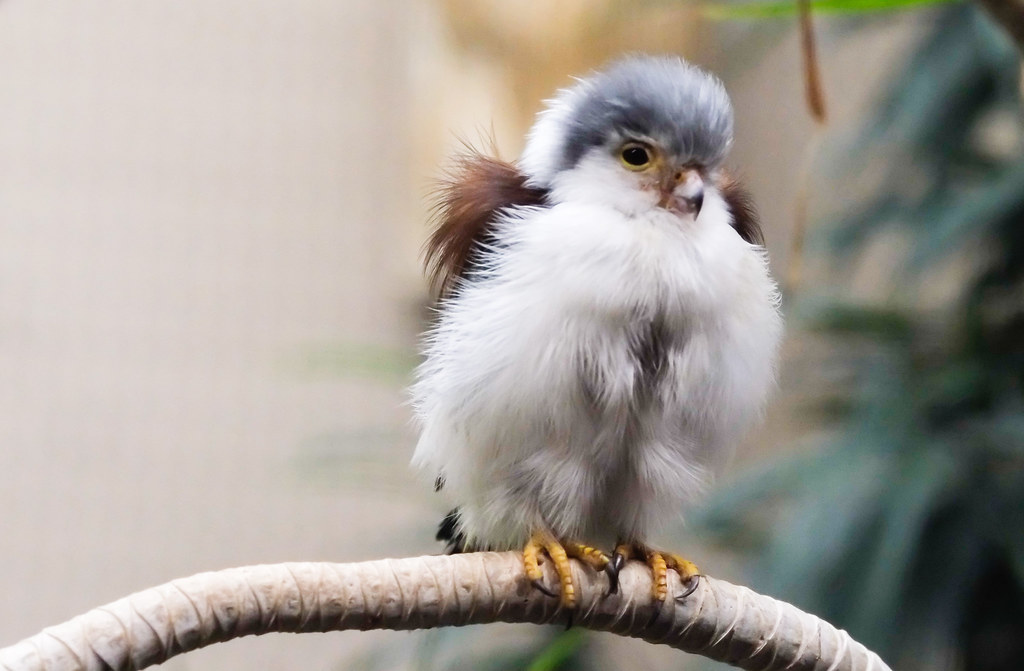BobYIL
Well-known
Here are some hi-ISO samples from the new Monochrome M9. You will note that they are not OOC but "... have been converted from DNG to JPEG with no other adjustments made."
http://www.ephotozine.com/article/leica-m-monochrom-sample-photos-19223
It would be interesting to hear about some X-Pro1 owners stating their own impressions about the IQ of these shots above ISO 1600 as compared to their own experience with the Fujifilm samples. Then we might have a sound idea about the relative performance levels of a top monochromatic FF size CCD sensor vs. a top APS-C size CMOS sensor. These will provide with us some insightful (and practical) information about the present state of art of the sensors as of mid-2012. Thank you.
Regards,
Bob
http://www.ephotozine.com/article/leica-m-monochrom-sample-photos-19223
It would be interesting to hear about some X-Pro1 owners stating their own impressions about the IQ of these shots above ISO 1600 as compared to their own experience with the Fujifilm samples. Then we might have a sound idea about the relative performance levels of a top monochromatic FF size CCD sensor vs. a top APS-C size CMOS sensor. These will provide with us some insightful (and practical) information about the present state of art of the sensors as of mid-2012. Thank you.
Regards,
Bob









